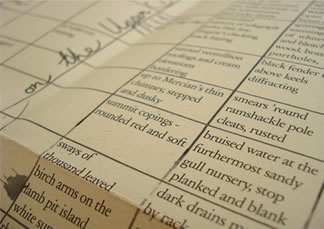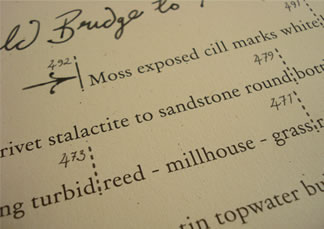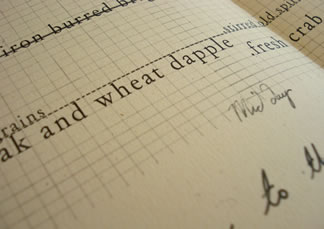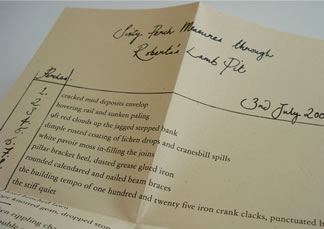- Robert Colbourne
- About
- Working
- Loading Bay Pocket Park
- Exchange
- 29-32 Mary Street
- King Edward VI Sixth Form College
- Tamed [Flood Management Scheme]
- Smithfield Site
- Frames - King Edward VI College
- James Watt Campus, Birmingham Metropolitan College
- Kemble Airfield
- Fargo
- Woodthorne Residential Housing Development
- Muchall Grove Housing Development
- Gravesend
- Meshwork Worcester
- Quadrant, Network Rail National Centre
- 20ft to an Inch [Sustrans]
- Birmingham Coach Station, Digbeth
- South Wolverhampton and Bilston Academy
- Longton Plots
- Pride of Place, West Bay
- Darwin Hall
- Light in Benmore - Optima Housing Association Art-as-Maintenance Report
- Smithfield 1 Proposal
- Interchange
- Turning Wall
- Springfield Brewery
- Constellations, Optima Housing Association
- AFC Telford United
- Stourport Day Book
- Stourport markers
- Changing Landscapes
- Rea Park, Digbeth
- Rea Crossing, Digbeth High Street
- Green Bridge Feasibility Project
- BryantPriestNewman 10
- Longhouse CPD, Confluence and Mythe
- Landscapainting
- Rd
- At any specific
Stourport Day Book, Stourport Canal Basins, Worcestershire [2007]
British Waterways Open Commission.
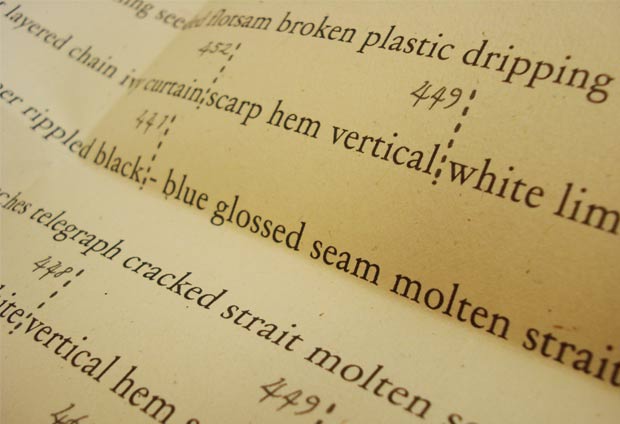
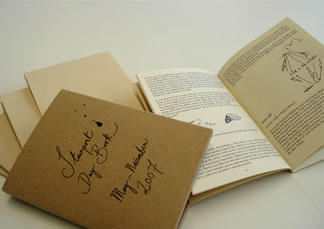
An exploration of the canal basins, through methods that echoed the sensibilities of their original surveying and construction, led to the production of a 'day book' journal of experiences over a period of seven months and four text based 'survey' works. Through its relevant distribution and feeding into the current restoration programme, the day book aims to reveal the identity of the basins and influence their legacy as the epicentre of the town.
Surveying using past methods:
![[Upper Basin survey] image1](images/bw-open-commission/openc1.jpg)
2007 Day book excerpt:
A walk to Pratt's Wharf. I chose this as I wanted to find where the Staffs and Worcs meets the Stour and its connection with it. There are other connections of stepped overflows and such, but this was a major connection and perhaps would hold clues for me. This section and above shows that dialogue with the Stour, and maybe would reveal Brindley or the under clerk to the canal works - John Fennyhouse Green's sensibilities, in the way that the canal was built in accordance with the land. Mills that used the Stour's power would be visible here maybe through the river's course or mounds of empty earth seen from the towpath. I decided to use John Fennyhouse Green's methodology in sighting the canal as a loose base on how to take photographs and re-see the landforms.
"Mean length from within a yard of the hedge"
"From levelling on upper side to top water on towing side."
I wrote visual markers on my travels up to and back from the wharf of things of importance, like JFG would see rocks, stones and lines of willow trees as important markers in the otherwise blank canvas of stubble and turnip fields. Perhaps I was re-evaluating the land over 200 years on, with photographs of the far bank and the sometimes black line between rock, foliage and water. Near Pratt's Wharf I found a piece of rock melted to glass on one side in a forge (I suspect). Its stratification seemed to echo my photograph composition; where glass was water and rock the sandstone cliffs; where raw material was processed, organised and shaped. Rope notched iron seemed like onomatopoeic shaped instruments or the grooves in vinyl, that when played would reveal the sounds of the past, heard underneath today's exhaling and poot-pooting of bass notes.
Four fold out text works:
